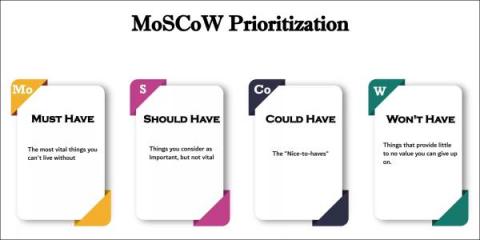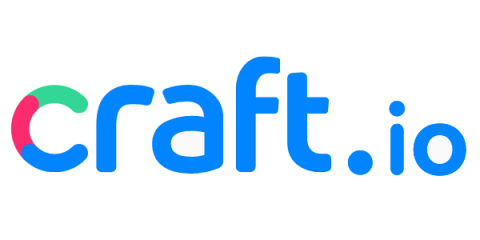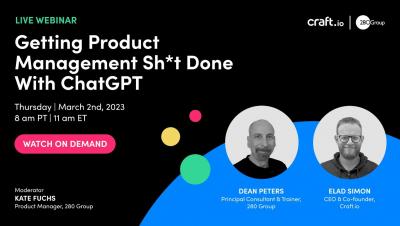Teams | Collaboration | Customer Service | Project Management
Product Management
MoSCoW: The Simple Framework for Effective Prioritization
In any product development process, it’s essential to identify what needs to be done and prioritize the work items effectively. Prioritizing can be tricky, especially when dealing with numerous requirements! Lucky for us, that’s where the MoSCoW method comes in handy. The MoSCoW method is a prioritization framework that helps product teams categorize their work items based on the order of their importance.
Craft.io in 3 Minutes: A Quick Tour of Our Platform
Product Prioritization Frameworks: Why Your Product's Success Depends on Them
Product prioritization is the process of evaluating items on a product backlog — features, epics, stories, bug fixes, or entirely new products — and ranking them according to which ones promise to deliver the most value for the work involved. After ranking these items using one or more product prioritization frameworks, a product team can then meet with the Developers to discuss how to break the higher-priority activities into actionable tasks.
Craft.io Wins 2023 "Best Product for Product Managers" Award
There are a lot of product management apps on the market today, and that’s great news. It means that as a Product Manager, you’re finally getting your long-overdue respect, with tools designed just for you. But this crowded market also creates some challenges, like figuring out which platform is the right choice for you and your product team.
Cracking the mystery behind Product Operations - What is it, and what are the responsibilities?
In recent years, the tech industry has seen the rise of a new role that has quickly become a vital component of many companies’ success: Product Operations. This role, which sits at the intersection of product management, engineering, and business operations, has had an increase in demand as companies have recognized the need for a more integrated approach to building and scaling products.
Getting Product Management Sh*t Done with ChatGPT
Getting Product Management Sh*t Done with ChatGPT
Let’s dispense with this myth right away. If you’re a Product Manager and you’re worried that the new wave of “generative AI” tools is coming for your career, you can relax. Yes, software programs like ChatGPT can analyze gazillions of data points and even produce some clever insights. But successful product management is still very much a human profession that requires empathy, lived experience, and a passion for innovation and problem-solving. Can a Tesla drive itself?
Craft.io Now Integrates with Figma, InVision, and Adobe XD
While Craft.io is already the most complete product management platform available today, we’re always looking for more ways to build on that unique value proposition — and help companies centralize and streamline more of their work. With our latest design tool integrations, we’ve brought a key aspect of Product Managers’ and Designers’ workflows into the Craft.io workspace.
Capacity Planning: Tactics, Benefits, and Tools
In product management, capacity planning involves coordinating and deploying your available resources according to the priorities of your product team and customers. Put more simply: Capacity planning is a process to help your company get the most value from its resources.








